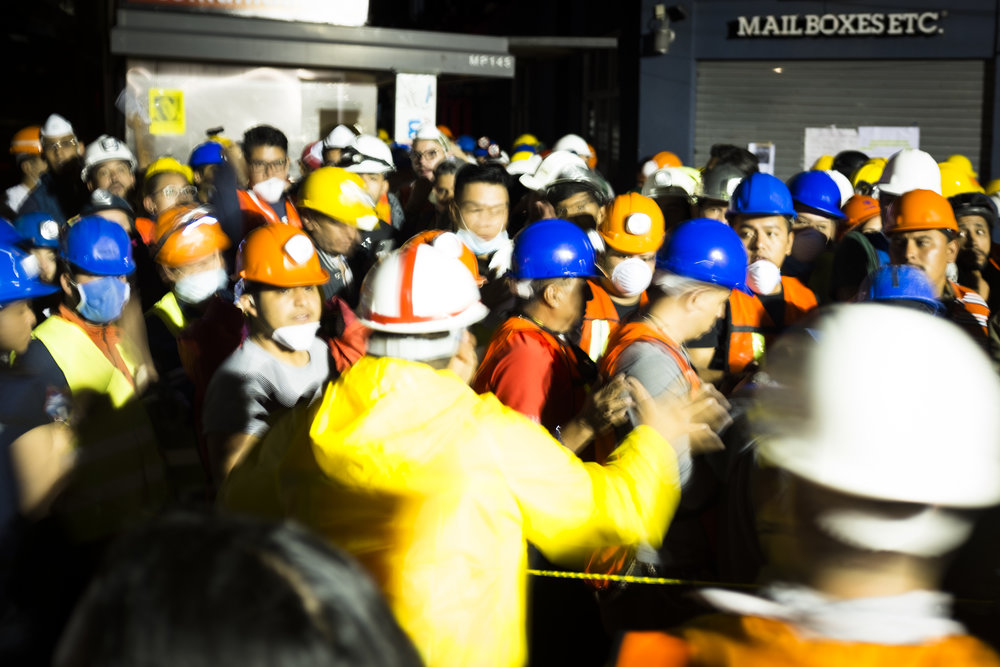
I moved to Mexico City four years after the 1985 earthquake had devastated the city. Condesa, the neighborhood in which I would live for the next 28 years, had been one of the hardest hit. When I arrived the area was still semi-abandoned, under-populated, and with cheap rents and few commercial establishments. Over the last ten years or so, however, Condesa ceased being a mixed, residential neighborhood and had been transformed into a commercial strip with hundreds of trendy and globalized cafes, restaurants, and bars.
I came back to Mexico City this September, as a tourist, to visit my sons who still live in Condesa. I rented a room in a neighborhood a couple of blocks from Reforma, the city’s newest financial hub, in the shadow of four of the tallest skyscrapers in Latin America all built in the last year or so, a sign of how fast the city was changing.
Earthquakes were few and far between during the decades I lived in Mexico City, never causing more than a ripple in the daily life of the city, but two major quakes hit the month I was visiting. The first one struck at night and it was the most intense I had ever felt, lasting over a minute, blowing out electrical transformers on the streets around me, plunging the city into darkness, and making the street beneath my feet rock and roll. A bit over one week later, on the very day of the 32nd anniversary of Mexico City’s largest and most devastating earthquake, an even bigger and much more aggressive shockwave shook the city.
Over the centuries, earthquakes did their part to trim the population, though not nearly so much as other natural disasters, such as volcanic eruptions, famine, drought and plagues, and today earthquakes play a minuscule role in the city’s mortality rate. The city itself is most responsible for the deaths of its inhabitants, by means of the contamination of the air, water, alcohol and food, and these ways to die far overshadow any natural causes, including disasters.
These days, however, there is nothing natural about the deaths caused by disasters such as earthquakes in Mexico City. The media and official news sources cited scientific explanations for the amount of damage caused by this latest earthquake: a huge chunk of the Cocos tectonic plate fell into magma; the epicenter was close to the city; the shockwaves traveled many times faster than those of the ’85 earthquake; the speed of the waves particularly affected large apartment buildings; the areas hit hardest were located above an ancient lake that amplified the shockwaves. All well and good, but the fact that many buildings resisted while others right next to...
You have reached your article limit
Sign up for a digital subscription and continue reading all new issues, plus our entire archives, for just $1.50/month.
Already a subscriber? Sign in




